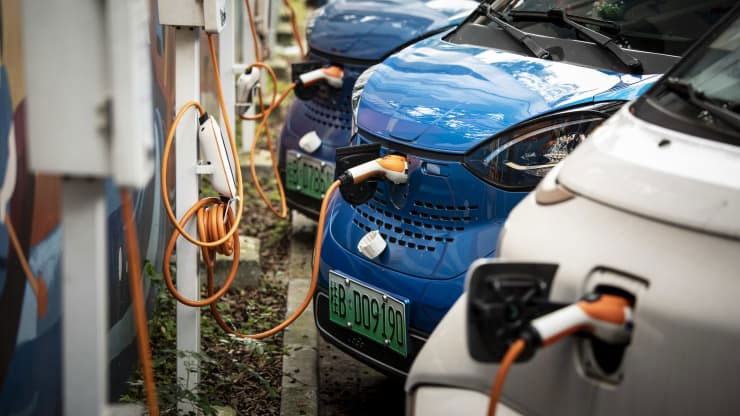KARACHI: The State Bank of Pakistan released its First Quarterly Report on The State of Pakistan’s Economy for the fiscal year 2020-21 today covering the period July – September, 2020.
The report finds that there were encouraging indications during Q1-FY21 that Pakistan’s economy was regaining its pre-COVID trajectory, says a Press release.
The recovery in economic activities was evident across the agriculture, industry, and services sectors. Importantly, external and fiscal sector indicators also remained favorable, indicating that the emerging recovery was being achieved while keeping macroeconomic stability intact. The report notes that a timely and well-calibrated economic policy response to the COVID crisis from the government and the SBP helped to prevent a deeper fallout from the crisis and lay the foundations for economic recovery.
Specifically, in the external sector, the current account posted a surplus, primarily due to robust workers’ remittances, rebound in exports, and lower services imports. Continued policy measures under the Pakistan Remittance Initiative and the promotion of formal and digital channels played a major role in driving remittances up. The COVID-related international air travel restrictions also helped divert remittances from informal to formal channels, while dampening the level of Pakistan’s services imports at the same time. Import payments were relatively lower during the first quarter compared to last year due to a sharp fall in global oil prices.
Meanwhile, export receipts recovered from the lows in last quarter of the last fiscal year but were somewhat lower compared to the Q1-FY20, with demand remaining soft among key trading partners. Nonetheless, Pakistan’s export performance was relatively better compared to a number of other emerging markets, partly due to the early resumption of economic activity. As a result, exports regained their pre-COVID trajectory in September, helped by higher export receipts for textiles, cement and pharmaceuticals.
On the whole, the current account surplus provided a further boost to the country’s FX reserves and strengthened the exchange rate during the quarter. The important shock-absorbing quality of the market-determined exchange rate was also evident during the quarter, as the PKR adjusted flexibly in both directions in line with underlying external sector fundamentals and flows.
It is worth highlighting that the national effort to mitigate the fallout of the pandemic, in the form of timely and calibrated policy interventions of the government and the SBP, provided a conducive environment for economic recovery to take root. Specifically, the fiscal and monetary policies in place represented an accommodative policy environment compared to the demand compression focus a year earlier amid high inflation and twin fiscal and current account deficits. This shift was instrumental in facilitating economic activity following the easing of domestic lockdowns to contain the first wave of COVID.
Within industry, the report highlights notable growth in cement and food processing sectors, as well as a revival in the automobile sector. Demand indicators such as cement dispatches, POL and car sales, power generation, consumer financing, and fast-moving consumer good (FMCG) sales showed a corresponding uptick. In line with the growth in LSM, there was also growth in employment reflected, inter alia, in the July-August 2020 monthly surveys of industrial employment compiled by the statistical bureaus of Punjab and Sindh. These encouraging developments were also reflected in the SBP’s Business Confidence Survey of August, with the business community’s sentiments turning positive for the first time since February 2020.
In agriculture, all major crops, except cotton, surpassed their production targets during the Kharif season. The favorable overall outcome was mainly attributed to an increase in the cultivated area of rice and sugarcane compared to last year, as well as the government’s agriculture package, with its particular emphasis on fertilizer subsidy.
However, the cotton output was significantly lower than the target; area dedicated to the crop was at its lowest since 1981-82, and exceptionally heavy monsoon rains (especially in some cotton-growing districts of Sindh) and pest attacks played a part in depressing the cotton yield.
On the fiscal side, the report notes that the primary balance was brought back into surplus in Q1-FY21 following the COVID-related deterioration in the previous quarter. At 0.6 percent of GDP, the primary surplus was almost the same as in Q1-FY20. Moreover, the government’s continuing commitment to fiscal discipline was reflected in zero fresh borrowing from the SBP. Meanwhile, the overall fiscal deficit was higher in Q1-FY21 on a year-on-year basis. This could be traced to a decline in non-tax revenues compared to Q1-FY20; ramped up development spending for ongoing infrastructure projects and uplift of under-developed areas; and higher interest payments.
Sign in
Welcome! Log into your account
Forgot your password? Get help
Password recovery
Recover your password
A password will be e-mailed to you.




